

| Region rejsu : Europa |
| Firma : Viva Cruises |
| Statek : VIVA GLORIA |
| Data rozpoczęcia : czw. 09 paź 2025 |
| Data zakończenia : czw. 16 paź 2025 |
| Liczba nocy : 7 nocy |
| Dzień | Data | Port | Wypłynięcie | Odpłynięcie |
|---|---|---|---|---|
| 1 | 9.10 czw. | Paryż / Francja | 22:00 | |
| 1 | 9.10 czw. | Paryż / Francja | 21:30 | |
| 2 | 10.10 pt. | Auvers-sur-Oise / Francja | 03:00 | 13:30 |
| 3 | 11.10 sob. | Rouen / Francja | 02:30 | 14:00 |
| 4 | 12.10 niedz. | Le Havre / Francja | 00:30 | 18:00 |
| 5 | 13.10 pon. | Les Andelys / Francja | 09:00 | 09:30 |
| 5 | 13.10 pon. | Vernon / Francja | 12:00 | 23:00 |
| 6 | 14.10 wt. | Paryż / Francja | 11:30 | |
| 6 | 14.10 wt. | Paryż / Francja | 11:30 | 15:00 |
| 7 | 15.10 śr. | Paryż / Francja | 03:00 | |
| 7 | 15.10 śr. | Paryż / Francja | ||
| 8 | 16.10 czw. | Paryż / Francja | 05:00 | |
| 8 | 16.10 czw. | Paryż / Francja |
VIVA All-Inclusive
Breakfast, Lunch, Dinner
Full board: breakfast buffet, lunch and dinner (gourmet menus served at the table) plus snacks. Free choice of table and flexible meal times.
Drinks all day
Hot and cold non-alcoholic beverages, plus a selection of alcoholic drinks. See bar menu for details.
High Tea
Once per trip: sweet and savory treats — scones, sandwiches, cupcakes, chocolates, macarons. Variety of teas included.
Welcome Drink
A warm welcome with a glass of champagne — to a wonderful stay on board.
RITUALS Beauty Products
Selected products for care and relaxation.
Minibar and Water Bottle
Daily replenished minibar and reusable bottle in the cabin.
Wi-Fi on board
Free and stable internet for comfortable use.
Tips included
All crew services are included in the price.
Payment
A 30% deposit is required at the time of booking.
Final payment must be made no later than 60 days before the cruise starts.
Cancellation
More than 120 days before departure – 10% of the total cost.
119–90 days – 20%.
89–30 days – 40%.
29–15 days – 60%.
14–1 day – 80%.
On the day of departure – 100%.
Rebooking
Changes to the booking are possible no later than 90 days before the cruise starts.
Fee – 50 EUR per person.
Passenger substitution
Allowed no later than 9 days before the cruise starts.
Fee – 50 EUR.

the capital of France, on the Seine River; population 2,203,817 (2006). Paris was held by the Romans, who called it Lutetia, and by the Franks, and was established as the capital in 987 under Hugh Capet. It was organized into three parts—the Île de la Cité (an island in the Seine), the Right Bank, and the Left Bank—during the reign of Philippe-Auguste 1180–1223. The city's neoclassical architecture dates from the modernization of the Napoleonic era, which continued under Napoleon III, when the bridges and boulevards of the modern city were built.

the capital of France, on the Seine River; population 2,203,817 (2006). Paris was held by the Romans, who called it Lutetia, and by the Franks, and was established as the capital in 987 under Hugh Capet. It was organized into three parts—the Île de la Cité (an island in the Seine), the Right Bank, and the Left Bank—during the reign of Philippe-Auguste 1180–1223. The city's neoclassical architecture dates from the modernization of the Napoleonic era, which continued under Napoleon III, when the bridges and boulevards of the modern city were built.
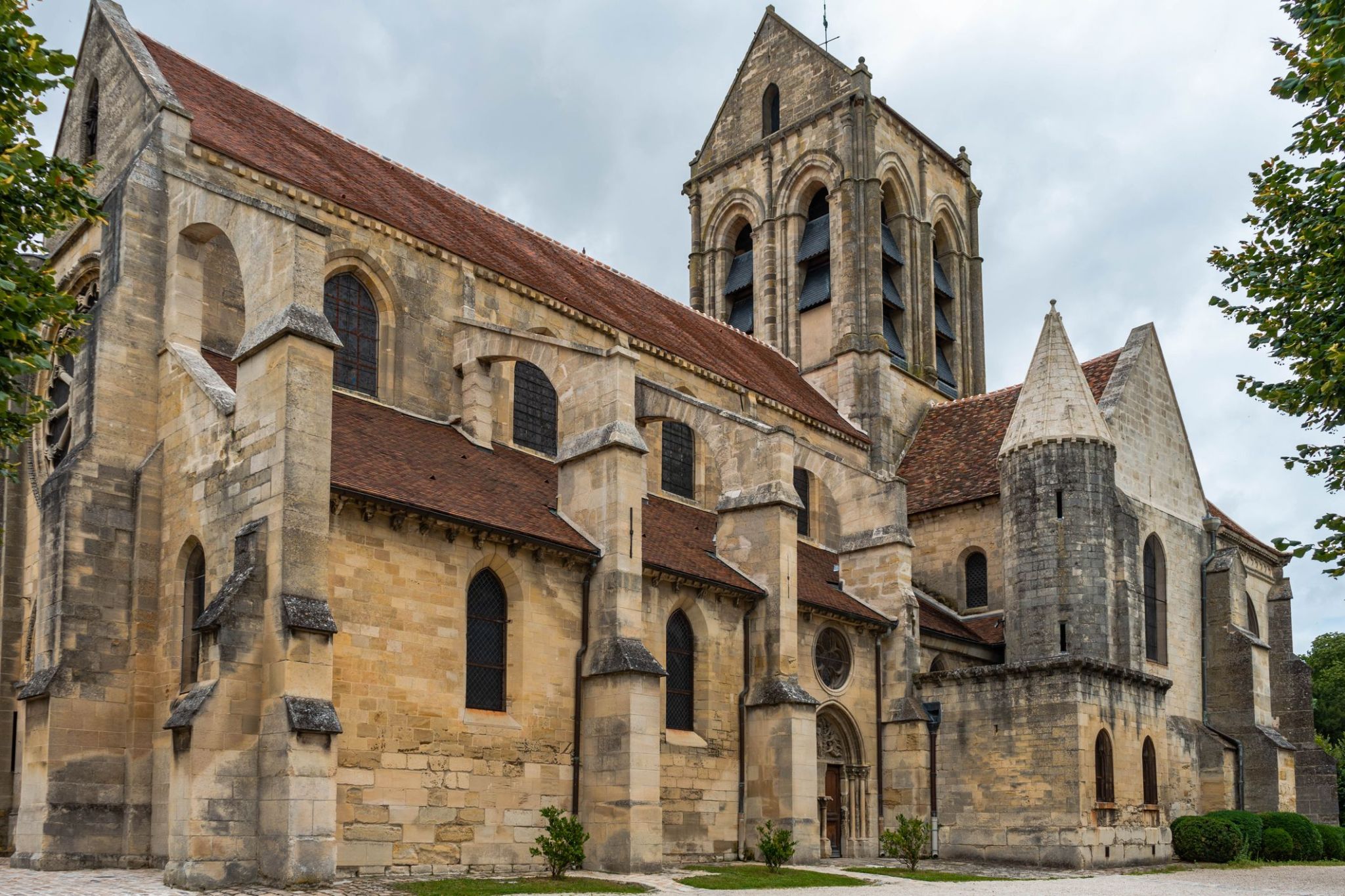
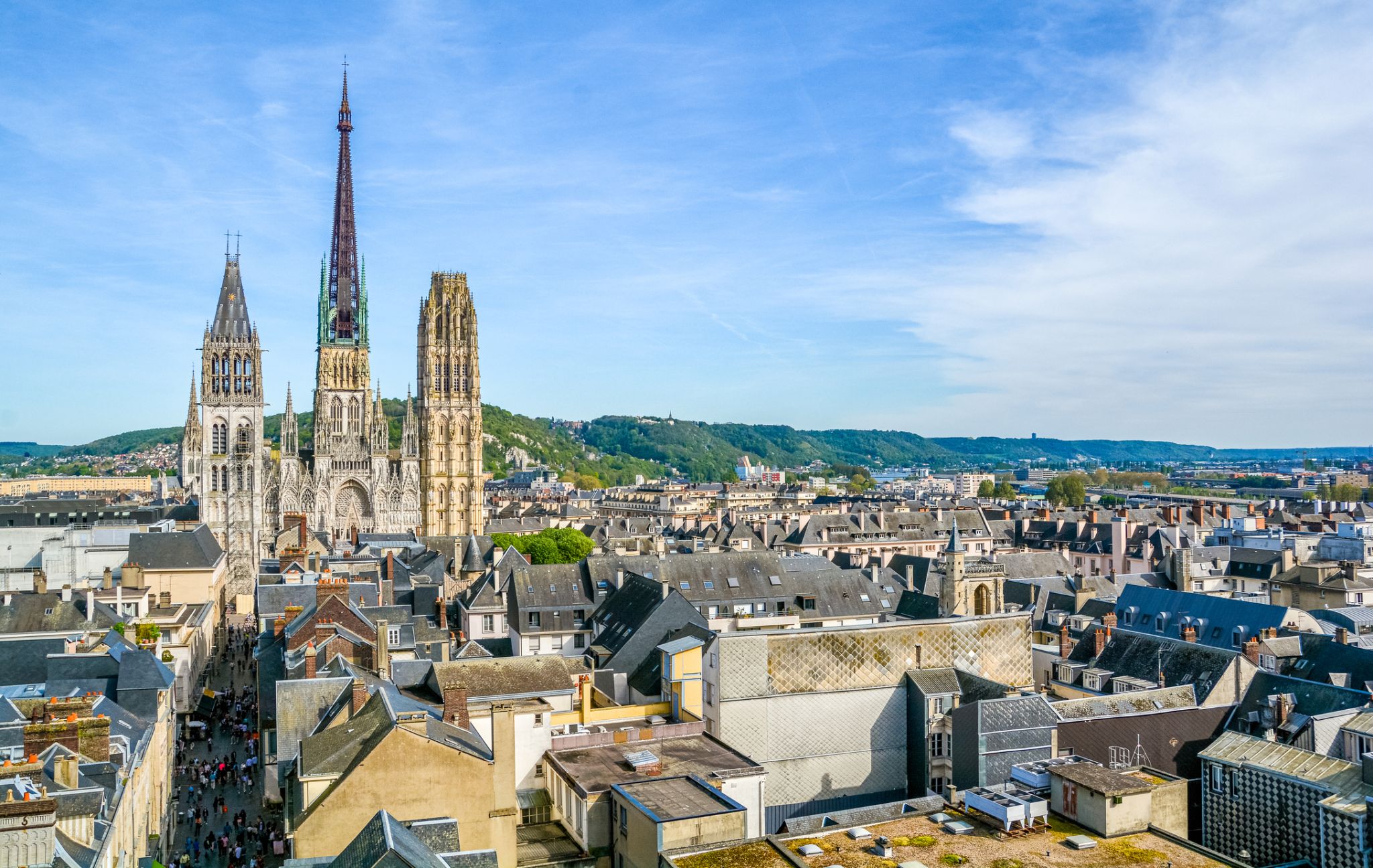
Rouen jest miastem nad Sekwaną w północnej Francji. Jest stolicą regionu Normandia. Niegdyś jedno z największych i najbogatszych miast średniowiecznej Europy, Rouen było siedzibą Skarbu Normandii w średniowieczu. Było jedną ze stolic dynastii anglonormańskich, które rządziły Anglią i znacznymi częściami współczesnej Francji od XI do XV wieku.
Populacja obszaru metropolitalnego (po francusku: agglomération) według spisu z 2011 roku wynosiła 655 013, a szacunkowa populacja samego miasta to 111 557. Mieszkańcy Rouen są znani jako Rouennais.
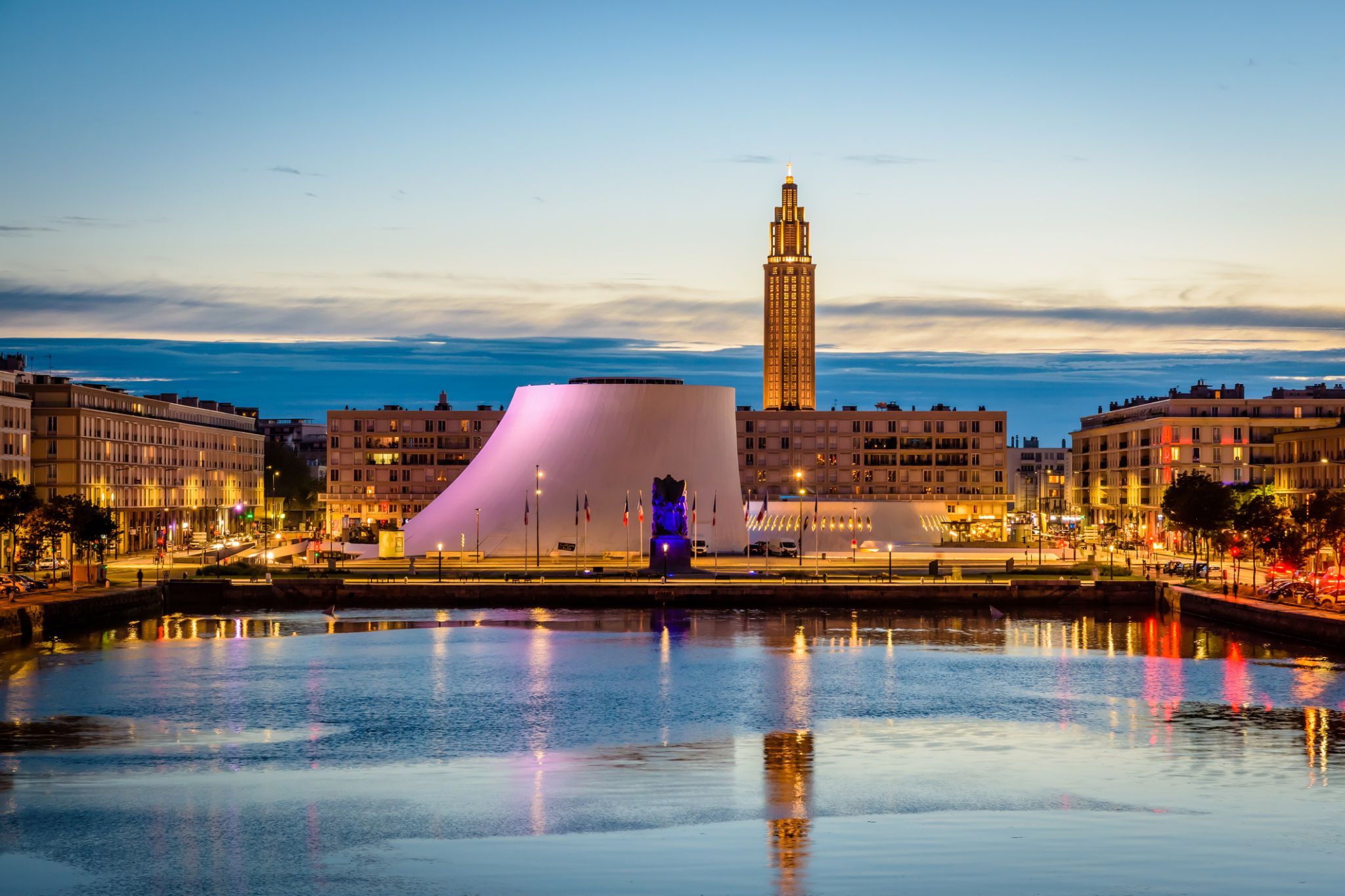
Le Havre to portowe miasto na północnym zachodzie Francji, położone nad brzegiem Kanału La Manche, będące ważnym centrum handlu morskiego i budownictwa okrętowego. Założone w XVI wieku, Le Havre szybko rozwinęło się dzięki swojej strategicznej lokalizacji, stając się jednym z największych portów kraju. Miasto jest znane z modernistycznej architektury, która została starannie zaplanowana po zniszczeniach II wojny światowej. W 2005 roku historyczne centrum miasta zostało wpisane na listę światowego dziedzictwa UNESCO, a słynny zespół architektoniczny zaprojektowany przez Auguste’a Perreta stał się ważną częścią miejskiej tożsamości.
Dziś Le Havre przyciąga turystów swoją unikalną atmosferą, łączącą elementy stare i nowe. Jedną z głównych atrakcji jest Notre-Dame-de-Grâce oraz Centrum Kultury Dunkierka, gdzie odbywają się koncerty, wystawy i przedstawienia teatralne. Lokalne plaże i promenady są idealnymi miejscami do spacerów i wypoczynku, a liczne restauracje serwują świeże owoce morza. Le Havre stało się także ważnym centrum kulturalnym i ekonomicznym, przyjmującym gości nie tylko z Francji, ale także z całego świata.
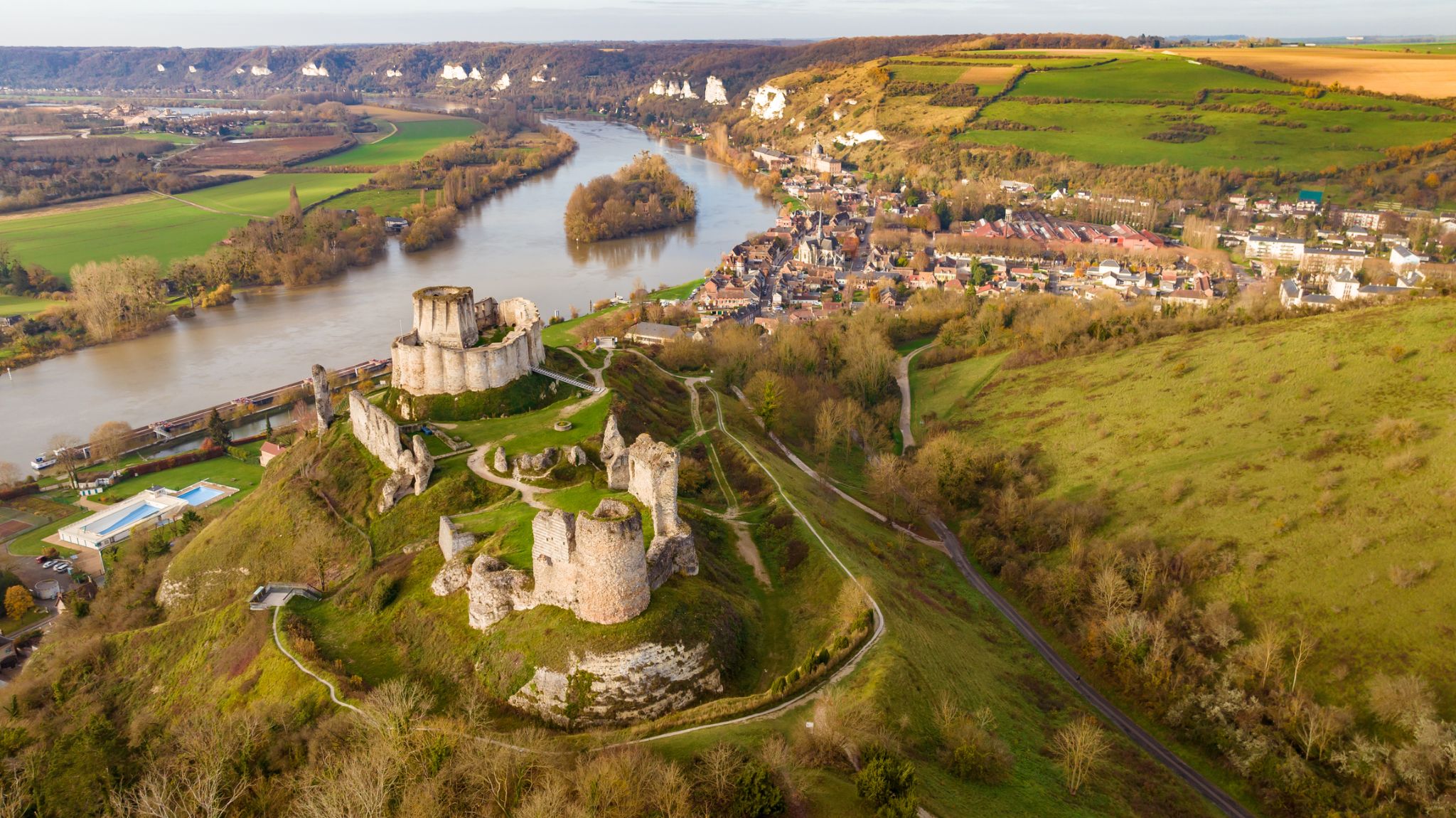
Les Andelys – miejscowość i gmina we Francji, w regionie Normandia, w departamencie Eure, położona nad wschodnim (prawym) brzegiem Sekwany.
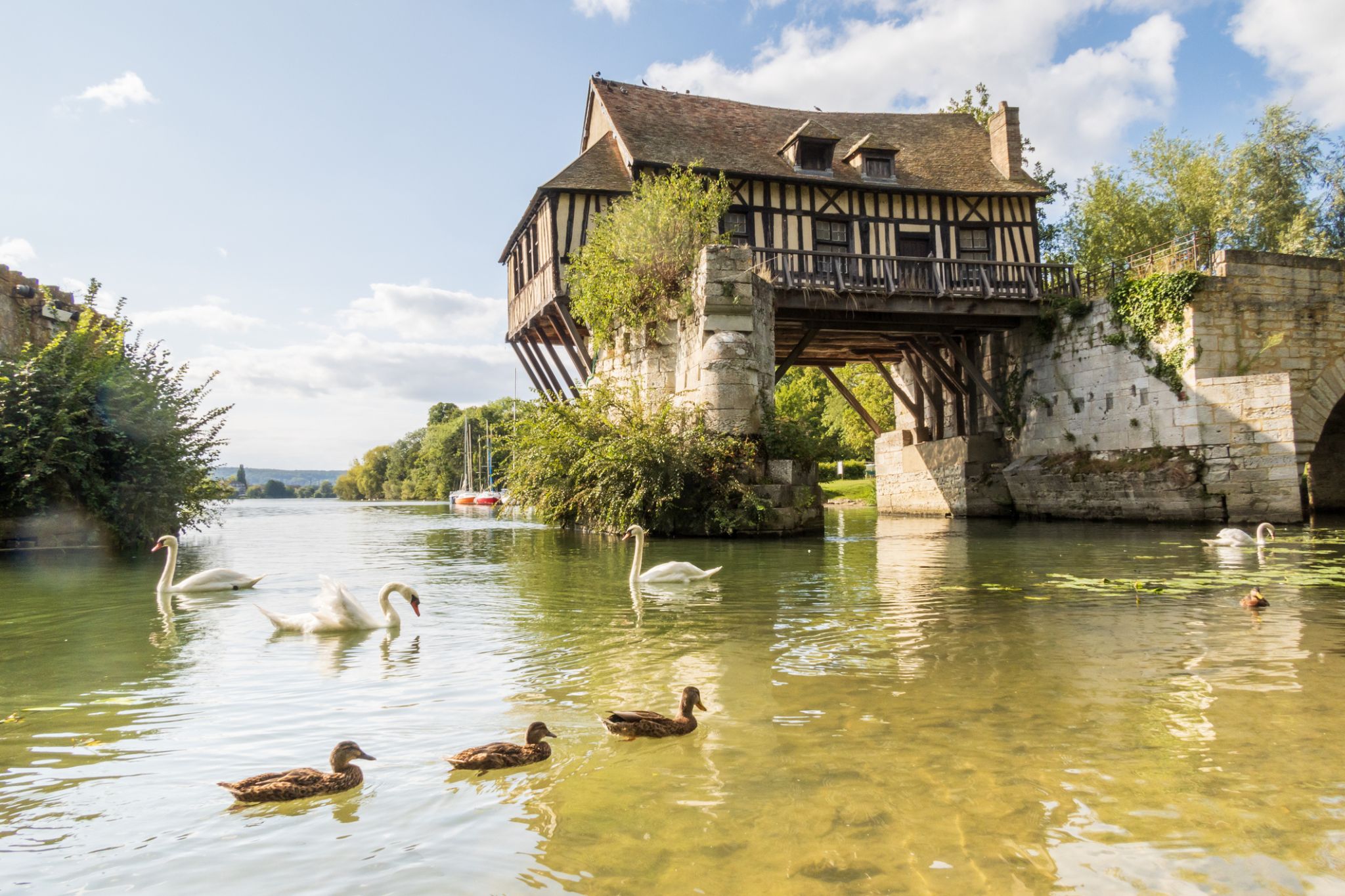
Vernon to niewielkie francuskie miasto liczące 25 tysięcy mieszkańców, położone w departamencie Eure, który wchodzi w skład regionu Górna Normandia.
Vernon jest starożytnym miastem. Przez całe swoje istnienie odgrywało strategiczne role i było świadkiem licznych bitew. W czasie II wojny światowej Vernon zostało doszczętnie zniszczone, ale odbudowano je dosłownie z ruin. Najbardziej znanym zabytkiem Vernon jest Stary Młyn. Jest to drewniano-ceglana konstrukcja, która opiera się na dwóch filarach starego zniszczonego mostu na Sekwanie. Most został zbudowany w XII wieku, a młyn pochodzi z około XVI wieku.

the capital of France, on the Seine River; population 2,203,817 (2006). Paris was held by the Romans, who called it Lutetia, and by the Franks, and was established as the capital in 987 under Hugh Capet. It was organized into three parts—the Île de la Cité (an island in the Seine), the Right Bank, and the Left Bank—during the reign of Philippe-Auguste 1180–1223. The city's neoclassical architecture dates from the modernization of the Napoleonic era, which continued under Napoleon III, when the bridges and boulevards of the modern city were built.

the capital of France, on the Seine River; population 2,203,817 (2006). Paris was held by the Romans, who called it Lutetia, and by the Franks, and was established as the capital in 987 under Hugh Capet. It was organized into three parts—the Île de la Cité (an island in the Seine), the Right Bank, and the Left Bank—during the reign of Philippe-Auguste 1180–1223. The city's neoclassical architecture dates from the modernization of the Napoleonic era, which continued under Napoleon III, when the bridges and boulevards of the modern city were built.

the capital of France, on the Seine River; population 2,203,817 (2006). Paris was held by the Romans, who called it Lutetia, and by the Franks, and was established as the capital in 987 under Hugh Capet. It was organized into three parts—the Île de la Cité (an island in the Seine), the Right Bank, and the Left Bank—during the reign of Philippe-Auguste 1180–1223. The city's neoclassical architecture dates from the modernization of the Napoleonic era, which continued under Napoleon III, when the bridges and boulevards of the modern city were built.

the capital of France, on the Seine River; population 2,203,817 (2006). Paris was held by the Romans, who called it Lutetia, and by the Franks, and was established as the capital in 987 under Hugh Capet. It was organized into three parts—the Île de la Cité (an island in the Seine), the Right Bank, and the Left Bank—during the reign of Philippe-Auguste 1180–1223. The city's neoclassical architecture dates from the modernization of the Napoleonic era, which continued under Napoleon III, when the bridges and boulevards of the modern city were built.

the capital of France, on the Seine River; population 2,203,817 (2006). Paris was held by the Romans, who called it Lutetia, and by the Franks, and was established as the capital in 987 under Hugh Capet. It was organized into three parts—the Île de la Cité (an island in the Seine), the Right Bank, and the Left Bank—during the reign of Philippe-Auguste 1180–1223. The city's neoclassical architecture dates from the modernization of the Napoleonic era, which continued under Napoleon III, when the bridges and boulevards of the modern city were built.

the capital of France, on the Seine River; population 2,203,817 (2006). Paris was held by the Romans, who called it Lutetia, and by the Franks, and was established as the capital in 987 under Hugh Capet. It was organized into three parts—the Île de la Cité (an island in the Seine), the Right Bank, and the Left Bank—during the reign of Philippe-Auguste 1180–1223. The city's neoclassical architecture dates from the modernization of the Napoleonic era, which continued under Napoleon III, when the bridges and boulevards of the modern city were built.